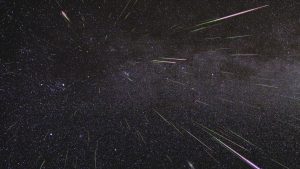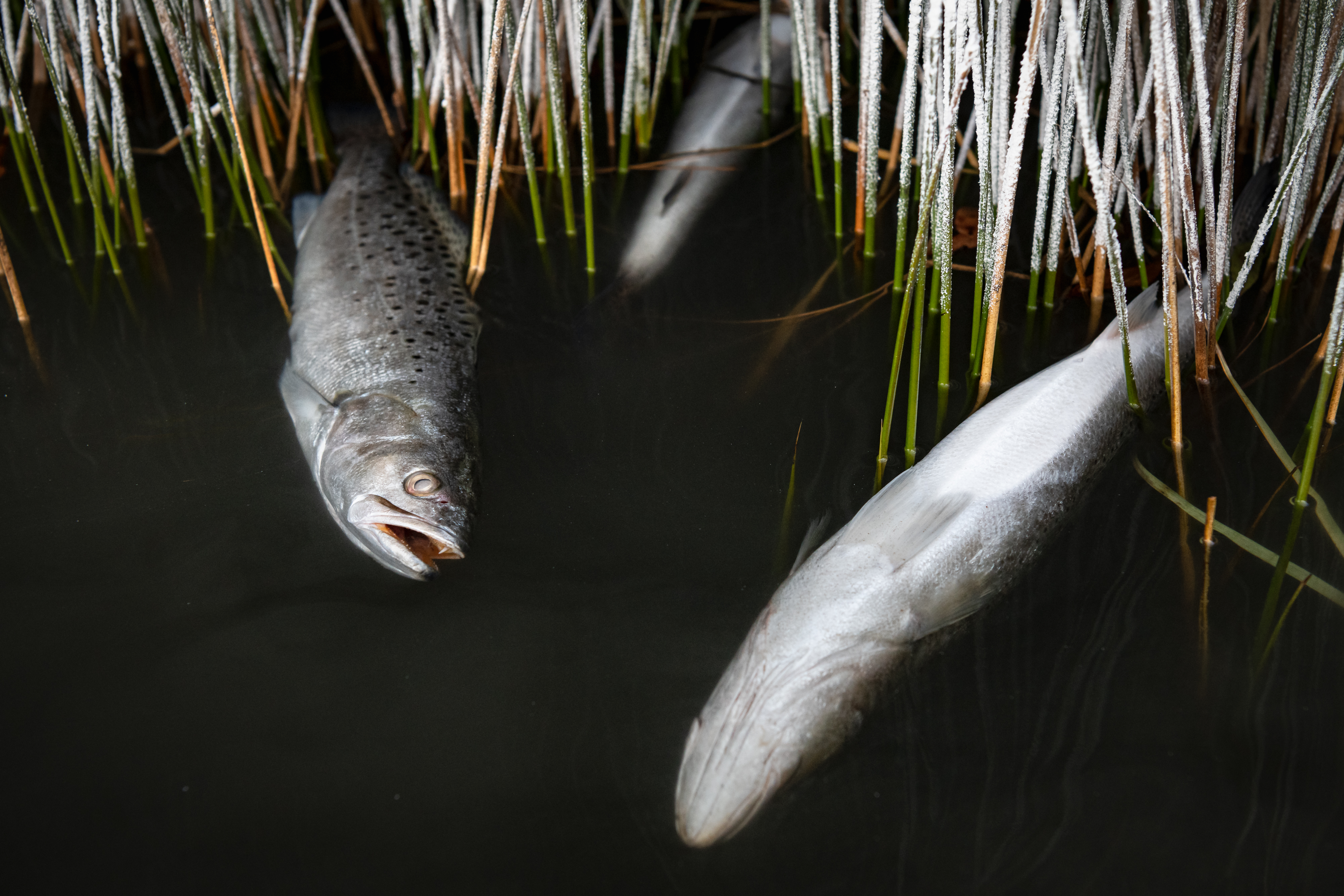North Taurids and Leonids Meteor Showers Will Peak This Week

Sky gazers will have the opportunity to catch two meteor showers this week as the Northern Taurids and Leonids both peak with the arrival of Mid-November.
The North Taurids meteor shower is a long-lasting but modest meteor shower that begins in Mid-October and lingers until the beginning of December.
Though the peak number is forecast at about five meteors per hour, the North Taurids is especially famed for its sporadic fireballs, which appear as bigger and brighter objects that trail across the sky.
Though the Northern Taurids peak around November 11, the full moon may make it difficult to catch these shooting stars. Still, night owls may want to look up around midnight, which is when the maximum number of shooting stars per hour is expected to occur.
The Leonids peak just a few days after the Taurids, and both the viewing and the number of shooting stars per hour will likely be a bit better. This annual meteor shower that arrives in the middle of November stems from the earth crossing the orbital path of Comet 55P/Tempel-Tuttle, which litters its orbit with bits of debris that results in glowing meteors.
On a dark night, sky gazers can look forward to roughly 15 shooting stars per hour from roughly November 16 to November 18, and as the name implies, the meteors appear to originate from the constellation Leo. This show is best reserved for early birds, with optimal viewing at around 5 a.m.
For more information on the upcoming meteor showers and other things to watch for in November, see our monthly round-up of night sky highlights by Gerry Lebing.






















